Check in the Post
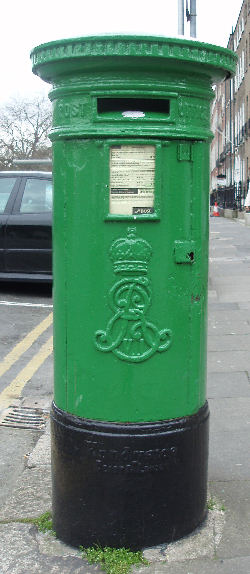
He was very taken aback to receive a letter of apology with the prints, regretting a suspected processing error which turned the pillar boxes green.
It reputedly took Kodak some time, and much forensic research, to conclude that the British postboxes were in Dublin and were, in fact, an appropriate shade of green.
There is no shortage of former British postboxes in Ireland and it is to the credit of the administration, or, perhaps in this case, to their sense of economy, that such colonial symbols were readily absorbed into the new State, albeit with a lick of green paint.
This Edwardian postbox is situated at the corner of Merrion Square, directly opposite the Irish Parliament.
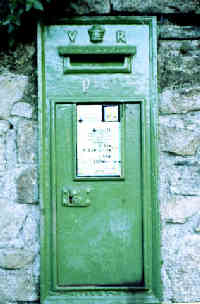
It's siting is wholly appropriate as what is now known as Killiney Hill was originally dedicated to Queen Victoria, in 1887, on the occasion of her 50th (Jubilee) year on the throne.
At that time she was Empress of all she surveyed.
The slide did not start until the next century and was led by the same country that perpetrated the greening of the pillarboxes.
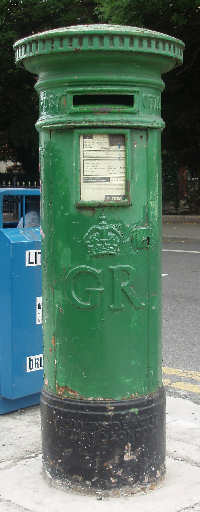
This example of a George V postbox, at the junction of Charlemont Road and Howth Road in Clontarf, completes the hattrick and leaves us with a full set of pre-independence royal crested British postboxes.
Check out the British history and the Irish State.
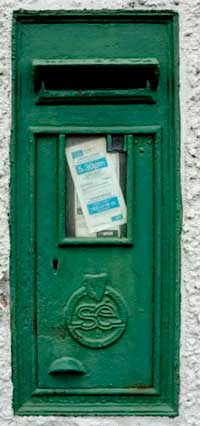
This is one I had not been aware of until recently. Apparently, as I learn from Mixed Messages, the instruction to paint the boxes green and recast the doors with S… was made by J J Walsh, First Postmaster General,1924-1927. S… denoted SaorstŠt …ireann (Irish Free State) which existed between 1922 and 1937. This one is at the junction of Foster's Avenue and Roebuck Road.
On his site, Mixed Messages has reproduced an interesting box which bears the imprint of both George V and SaorstŠt …ireann which would have been contemporaneous for the period 1924-27.
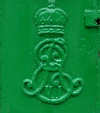
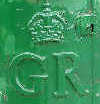
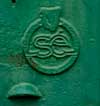

 Hover the cursor for dates |